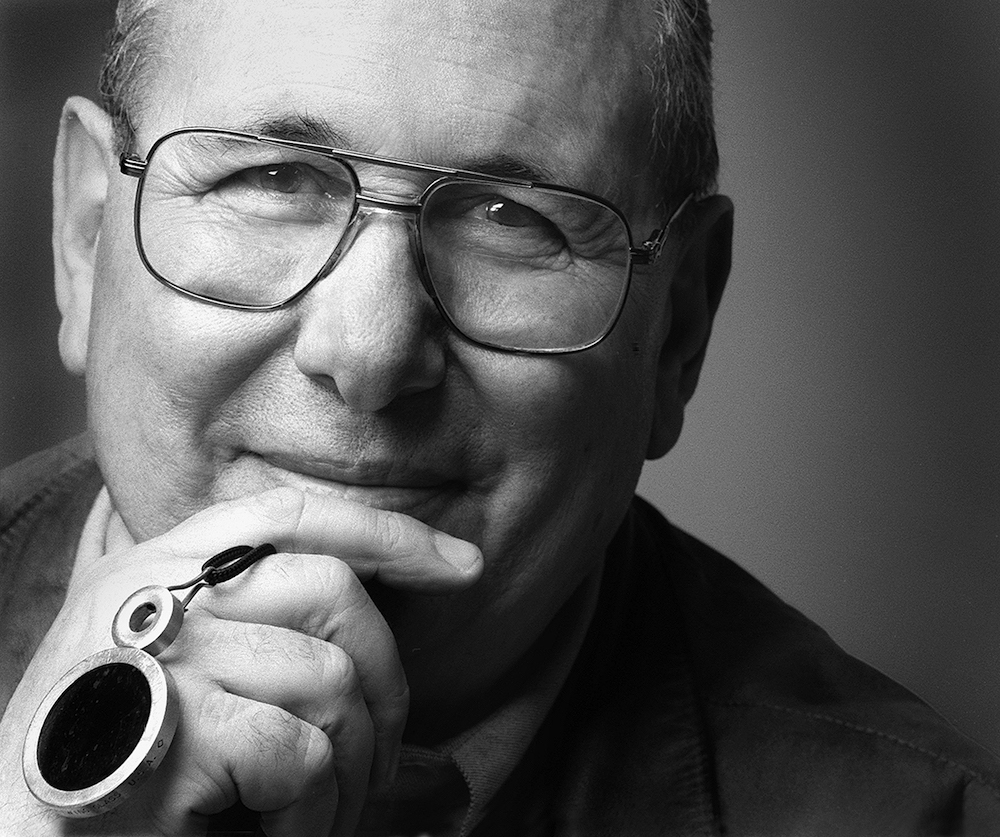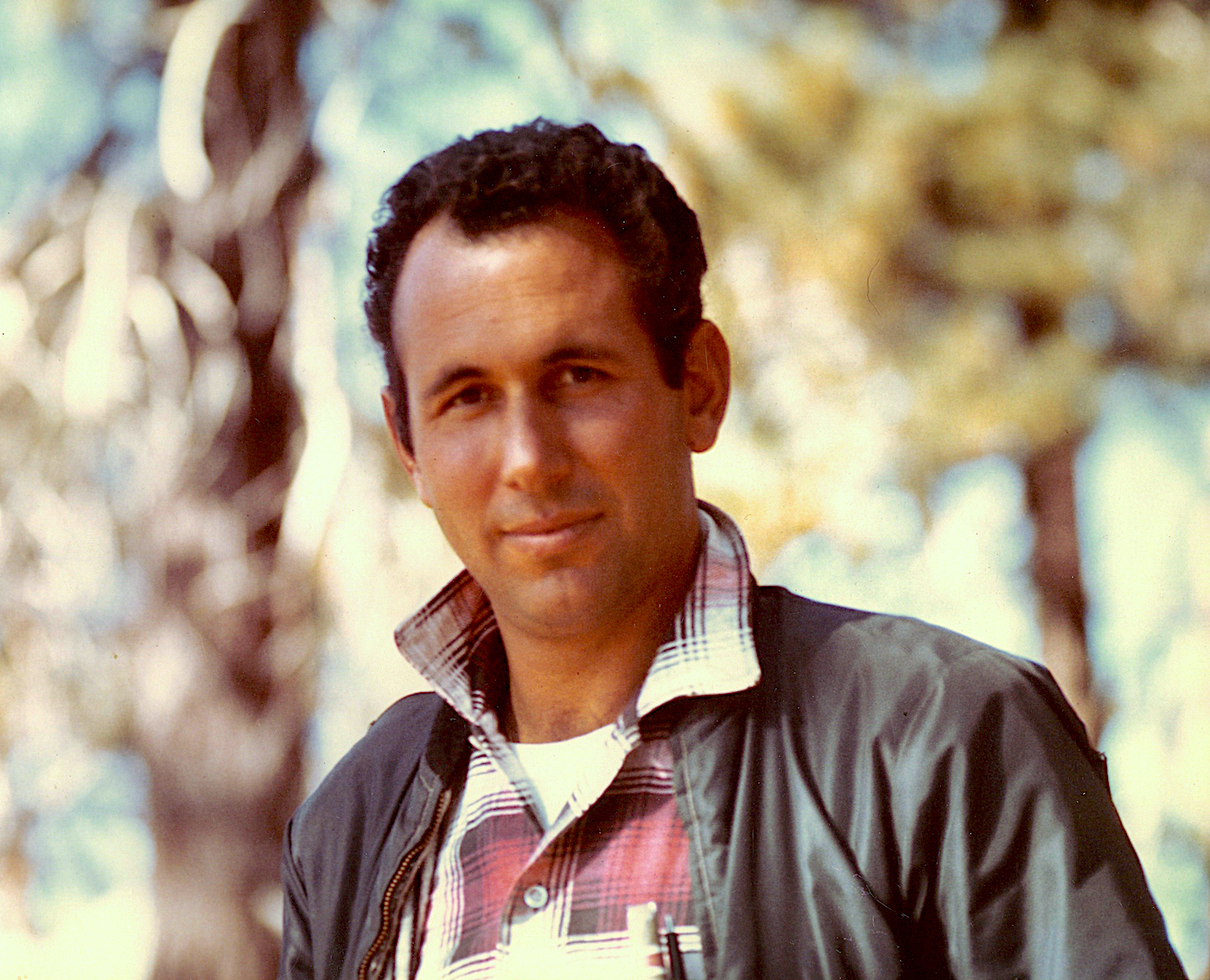Union leader and Emmy-winner George Spiro Dibie, ASC, leaves behind a legacy of compassion and labor triumphs that forever changed the entertainment industry.
by Pauline Rogers / Photos Courtesy of the ASC
It was 1970. Cinematographer Harry Stradling Sr., ASC, sent his young gaffer to light Barbara Streisand, the female lead for one of Oscar-winning director Vincent Minelli’s last films, On a Clear Day You Can See Forever. As the young man approached, the star’s eyes followed. It wasn’t his thick European accent that brought attention – it was something else. “Your cologne smells sexy,” she said jokingly as he came closer. The young man, who’d been determined to be part of the movie industry, now had a new way to stand out. And for the thousands of people who have ever been the loving recipient of George Spiro Dibie’s famous appellation, they have Barbra Streisand to thank for it.
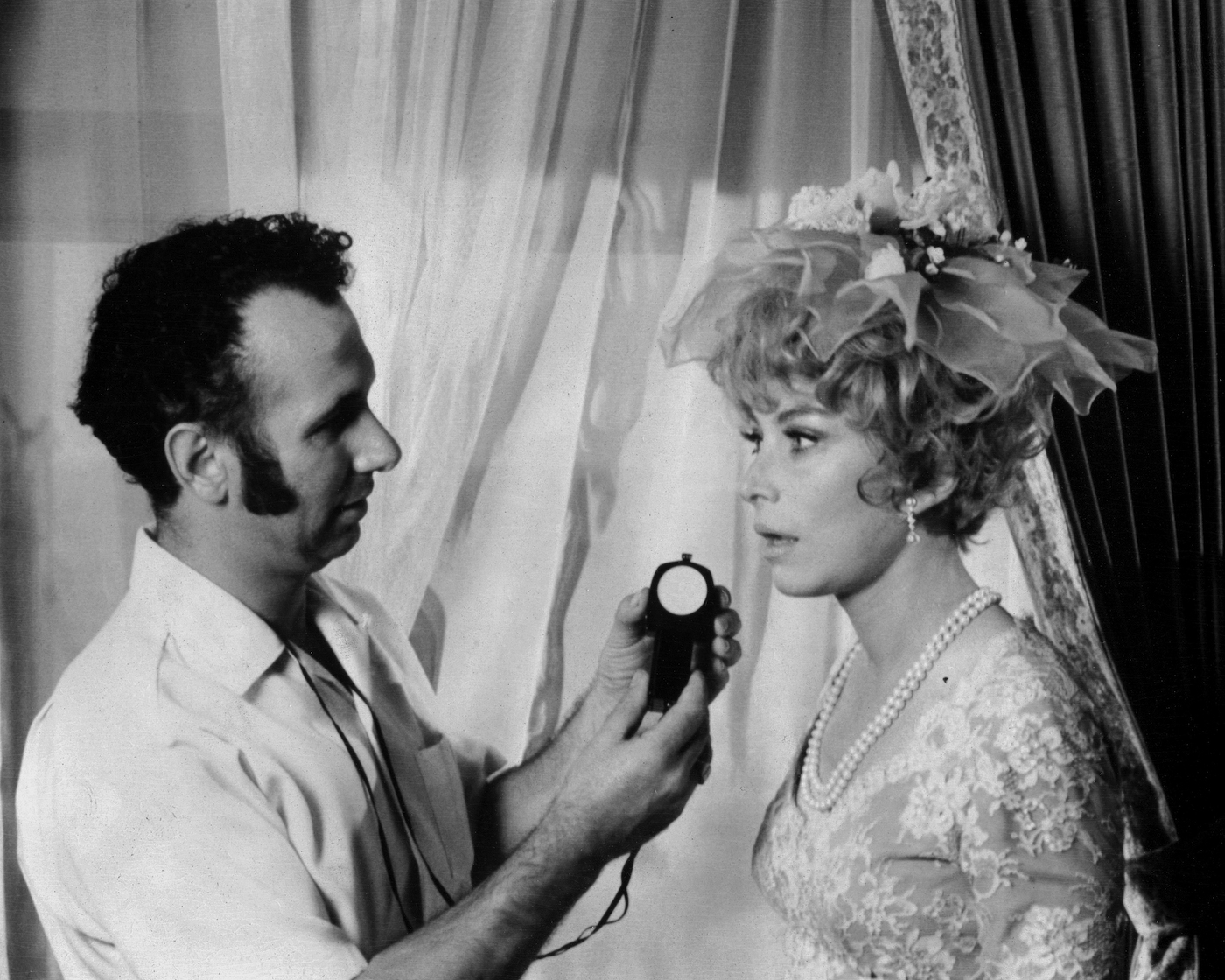
In the past month, publications from Variety to The Hollywood Reporter have all written about the industry force that was George Spiro Dibie, ASC, who passed away peacefully with his family nearby on February 8, 2022. The articles covered Dibie’s childhood in Jerusalem, his love for still photography, the movie (Les Misérables, shot by Gregg Toland, ASC) that drove his passion for filmmaking, and a life fighting for the underdog. There was also a USIA (United States Information Agency) scholarship that brought Dibie from Amman, Jordan to Los Angeles, where he took jobs as a waiter, busboy, and supermarket checker.
Some have told the story of how Dibie shared his dream with shoppers, including one man who happened to work at 20th Century Fox. A call a few days later netted young Dibie a job on Cleopatra, lensed by Leon Shamroy, ASC. Others have pointed to his first production company and his break shooting a multi-camera video children’s show. Nearly everyone has followed Dibie’s trajectory in multi-camera – thanks to Danny Arnold, who hired him to shoot Barney Miller – the first step in changing how multi-camera was shot (bringing foot-candles of key light down from 250 to 50, despite Arnold’s dissent).
Working on Barney Miller led Dibie to spend 10 years with Warner Bros., shooting everything from Head of the Class and Murphy Brown to the first of many Emmys to come, starting with Mr. Belvedere. Dibie eventually shot several thousand episodes of network television, taking home five Emmy Awards and seven more nominations. During his decades in union politics, he helped lead the movement to consolidate the IATSE’s bargaining power via a merger with Camera Guild Locals 659, 644, and 666 into a single national union, Local 600. In negotiations, he battled against long hours and an increase in turn-around, protected the many changing categories in the camera department and their contracts, and made the groundbreaking change in the Individual Account Retirement Plan that allowed members to retire with a healthy nest egg. He achieved all of this while working closely (as Local 600’s President) with the DGA, the ASC’s Technology Committee, the Society of Motion Picture and Television Engineers (SMPTE), and even UCLA Extension.
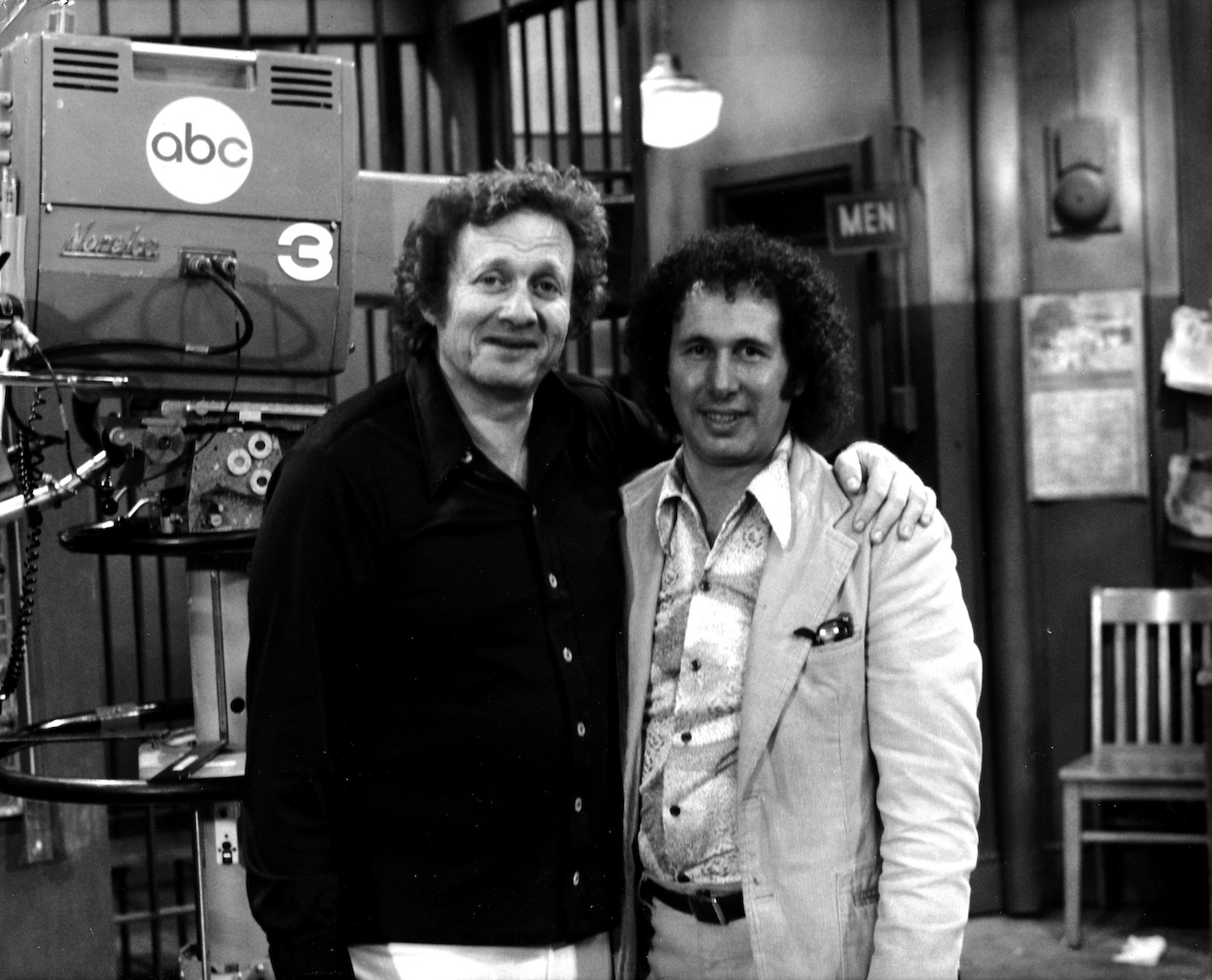
Consistently fulfilling his promise “to help others grow stronger,” Dibie made everyone around him better – and there are many voices to prove it. “He was a rabble-rouser with the Cheshire grin,” recalls Emerging Cinematographer Awards (ECA) Co-Chair James Matlosz. “The man who moved mountains and changed our union standards and practices. A gentleman who wouldn’t take no for an answer. George always led with a smile and a sparkle in his eye. Many of us can be thankful for the waves he created – they opened up the Union for so many craftspeople who now swim calmer waters due to his actions and beliefs.”
It was no secret Dibie had a rough time getting into the Union (and the ASC), as well as encountering other unexpected blockades along the way. That’s why he was so adamant about making it easier for others. Dibie used his talent, drive, and compelling personality to achieve what he knew was best – not only for his industry but for his fellow filmmakers.
“He was bigger than life,” describes Steve Silver, ASC. “When George was your friend, you felt special yourself. He used comedy as a way to bring people together.”
“I was lucky enough to have George sign me into the Union in 1987,” Silver continues. “I assisted him on projects like the Murphy Brown pilot, operated on Linda Lavin’s Room for Two, and he sponsored me into the ASC. What I remember most is how he liked to tell the same jokes over and over. One of my favorites was one he would use while addressing a large group of people, in my case the crew. He’d thank everyone for their hard work and expertise, and then look over to me and say, ‘except you, Stefano.’ He loved to pick on a loved member of a crew and roast that person. And, in turn, George loved it when people made him the butt of any joke.”
Long-time Dibie operator and now Director of Photography Tom Eckelberry remembers Dibie’s ability to call upon his creativity even while teaching those new to the field. On the creative side, Eckelberry recalls the changes he made in shooting multi-camera.
“Modeling and the ability to create depth and separation was one of the biggest changes,” he recalls. “Then there was his famous ‘Dibie light,’ an Obie on the wing cameras to add fill light. But it was his personal touch that made as much if not more of a difference,” he adds. “While working on Growing Pains in 1988, my father passed away. George saw how devastated I was and took me under his wing. He told me to come in and watch how he lights. This led to my operating on many of his shows. And, on Sister, Sister, he even let me light many swing sets. He was so generous with his knowledge. When I got my break to move up to DP, in 2011, I felt very prepared.”
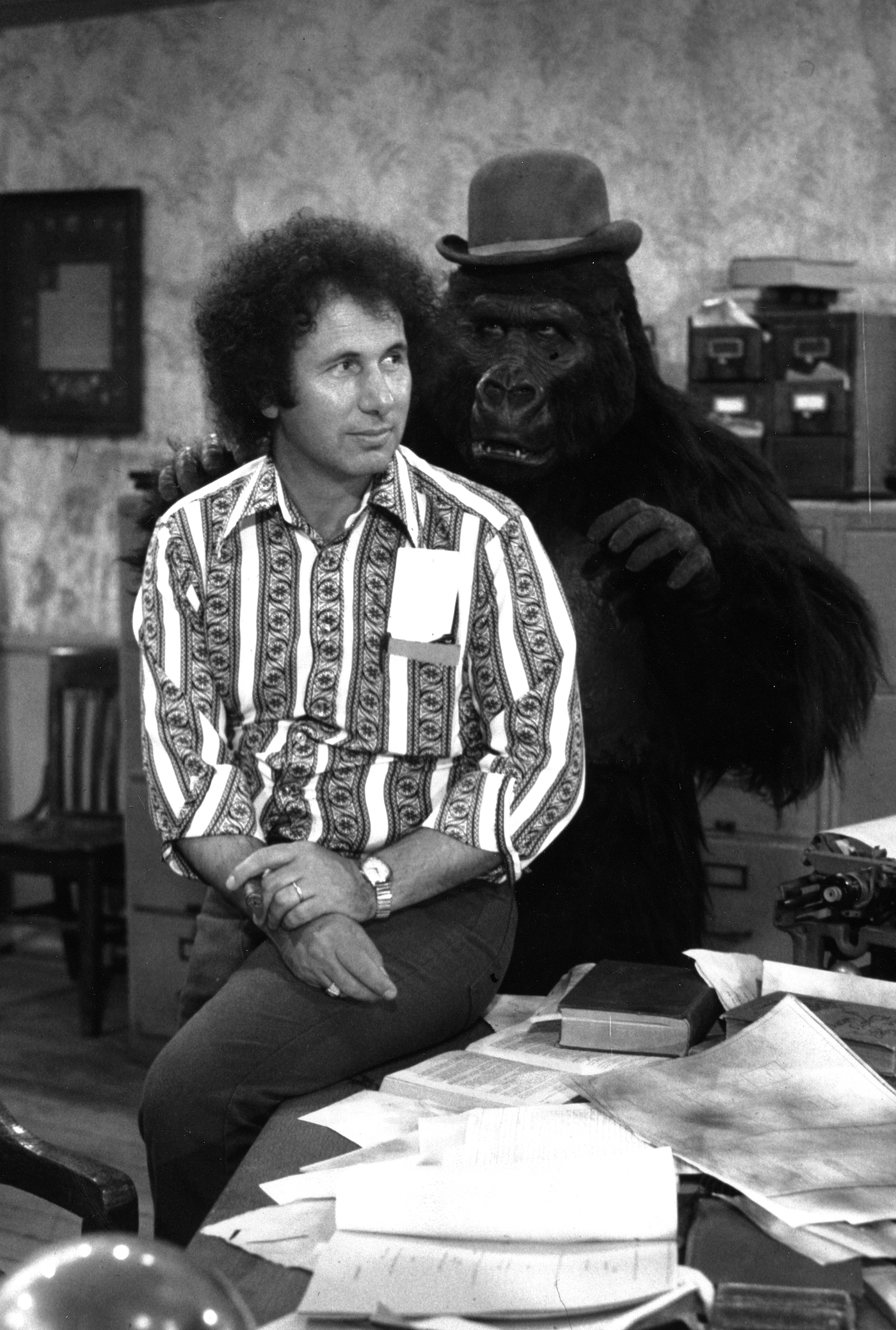
Dibie never just mentored people – he folded them into his family. “When I got the opportunity to try multi-camera, he spent an afternoon with me, diagramming on college-ruled notebook paper the fundamentals of the craft,” says George Mooradian, ASC. “That served me well until I had the clarity and vision to make it my own. I still have that grail.”
Things between Dibie and the man he affectionately dubbed “George Number 2” didn’t end there. “I can’t remember how many educational panels I’ve done with George, schools from all over, and each one a joy and satisfaction,” Mooradian adds. “We gave back with our experiences and foibles, and more. I think one of the most important things that he pushed on all his students was to speak up to be heard.”
Gary Baum, ASC, is another cinematographer Dibie mentored. Not only did Dibie support Baum into the ASC, “he gave me two very important pieces of advice,” Baum recalls, laughing. “His ‘Be flexible because everything can and will change’ was the best. One that was pure Dibie, and that I can’t recall without laughing, is his serious ‘Keep some cologne in your jacket pocket to spray on your hand when you read your meter next to an actor or actress!’”
Dibie could also spot talent and help to nurture someone with a low-key personality. He brought many who were reticent to move forward into the fold and made it clear he wouldn’t go away. “To say that George had a profound effect on my life and career would truly be an understatement,” describes Michael Goi, ASC. “When I joined Local 600 in 1996, George immediately started taking me on the road with him to speak at seminars and lighting demonstrations around the country. When I mentioned to him that perhaps I should not make so many appearances so that others could have a chance, George told me, ‘You’re a very good cinematographer. But nobody knows who you are, and you need to get out in front of people.’ He made that a priority and essentially created my public persona.
“In 2003, George sponsored me for membership in the ASC. I am told that, at that membership meeting, one of the members questioned whether I was qualified to be in the ASC. George scolded him, saying, ‘Believe me, you want Michael Goi to be in the ASC because he’s going to be the kind of active member we need.’ When I became ASC president in 2009, I thanked George for everything he had done for me, including his unwavering faith in my worth as a person. George replied, ‘Oh, please. With everything you do and everything you achieve, you make me look so good.’”
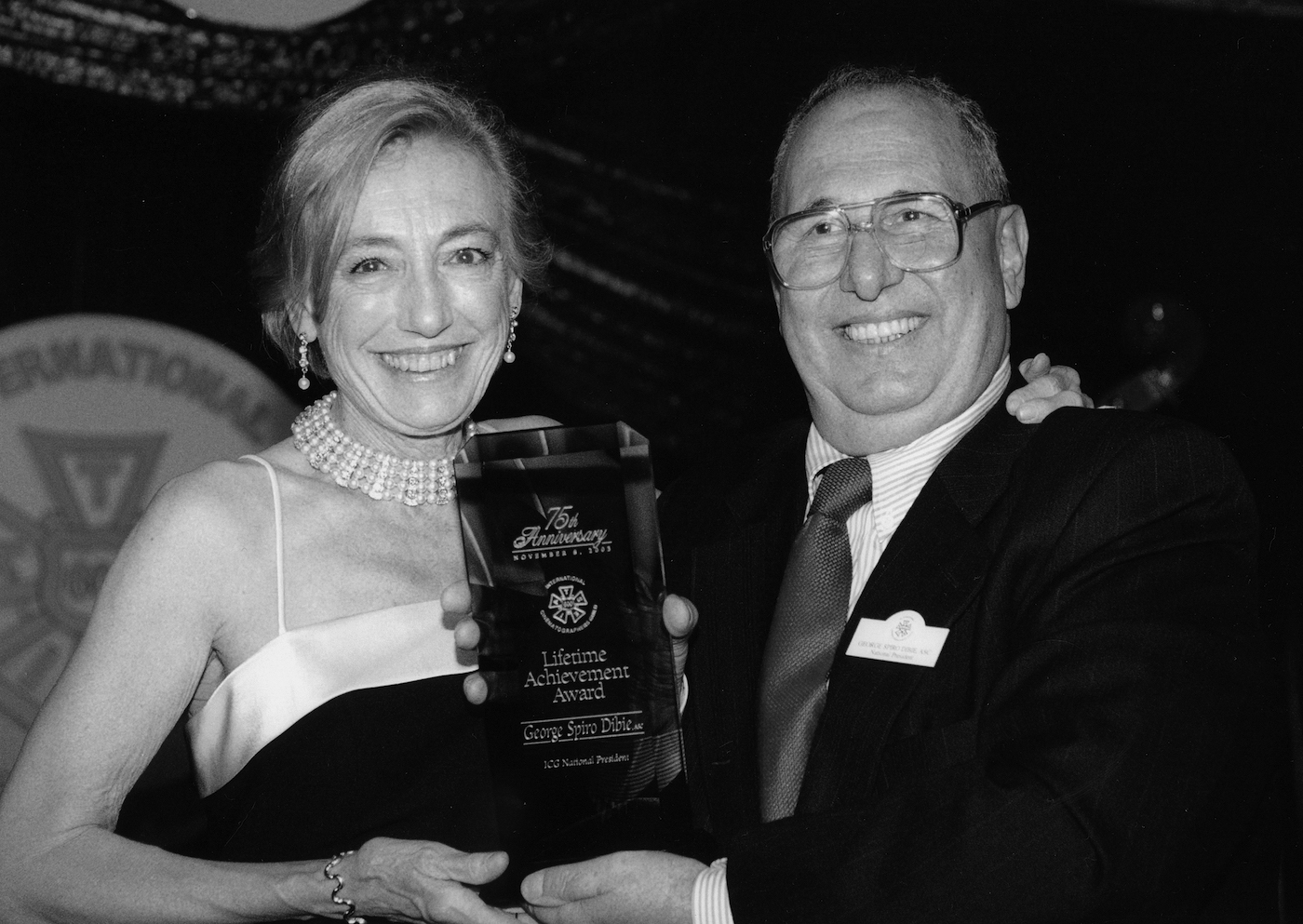
Dibie always found people with a passion for giving back and helped them grow past their own expectations. Many years ago, as a way to build his credentials (and confidence) to become a director of photography, 1st AC Rob Kositchek would shoot films for students and those interested in making motion pictures to demonstrate their talent. “At one point, I DP’d a film for a directing student at USC by the name of Robert Hickey,” he recalls. “The film was successful, and as I left the Cary Grant Theater screening, I had an idea.
“George was a man with wonderful, egalitarian ideas about inclusiveness and opportunity,” Kositchek continues. “He wanted success for all who were willing to put in the work. So, I took my idea to him, one day at his office, of having an event where members of the Local who were rated operators, camera assistants, and film loaders could show short films they had been creating to enhance their careers. He looked at me seriously for a few moments, then smiled and said, ‘This is a great idea. You are chairman!’ For the next 13 years, George provided me with all the help to make this event worthwhile. Many of you know the rest of the story. This gift from George grew from the ICG Film Showcase into the Emerging Cinematographer Awards, now guided so beautifully by Steven Poster, ASC, in its 24th year.”
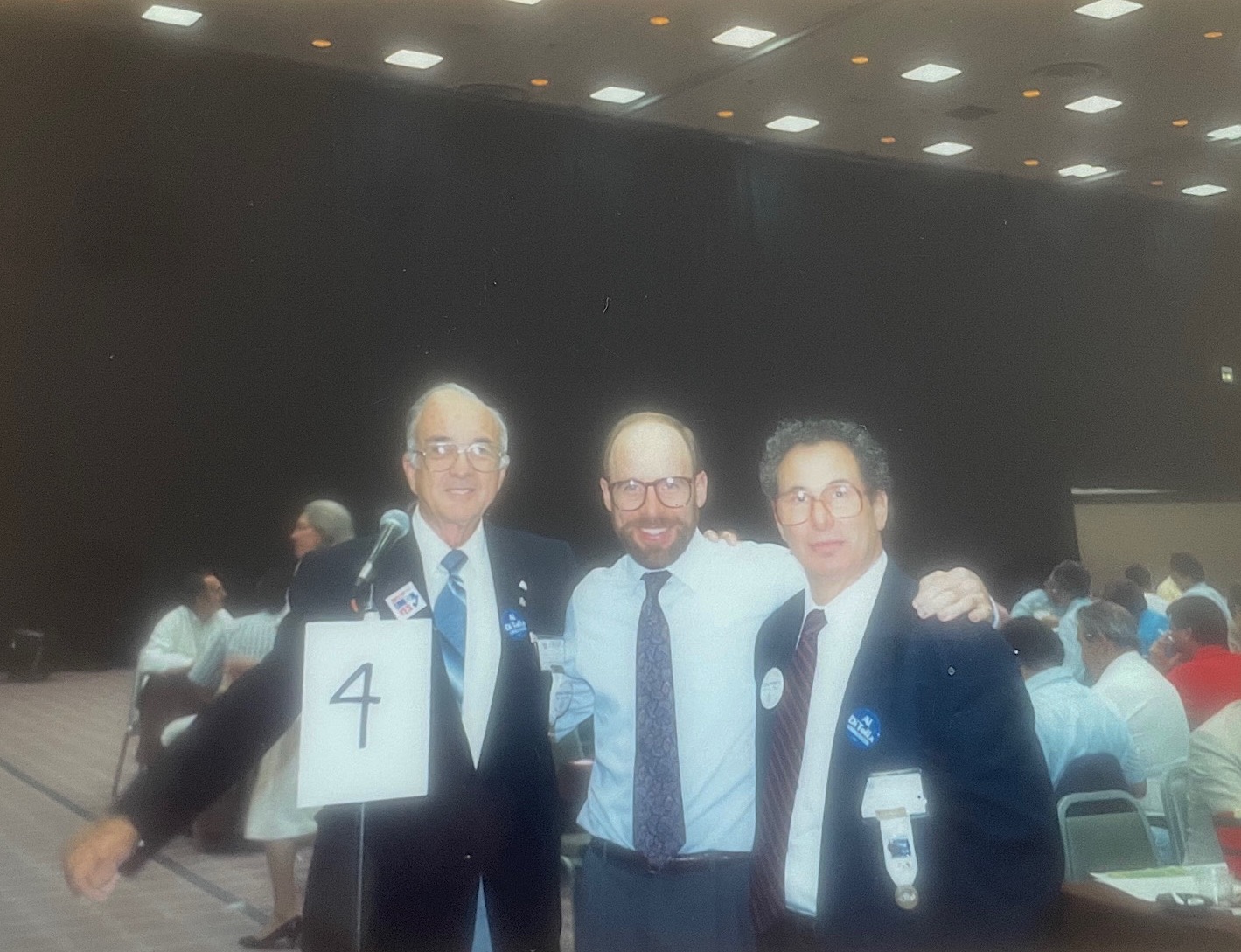
Dibie was also known for being fearless and inventive. “He would hand out dozens of his ‘Hi, Sexy’ pens and make it feel like the biggest thing in the world,” laughs former Local 600 Western Region Director Steve Flint. “During his tenure, I was running for AFL-CIO Delegate at the IATSE convention. At one time, my opposition had a heavily funded campaign. They rented a hall at the convention and supplied a roast beef dinner, and gave everyone flowers. I couldn’t compete. But I had George,” he adds with a twinkle. “We made the rounds of the different caucuses, spoke with people who gathered and loved his ‘pens.’ And George’s determination and winning personality brought me a win!”
And Dibie, the filmmaker, was fearless of going head-to-head to help his union brothers and sisters. Former Local 600 National Executive Director Bruce Doering and Local 600 President Emeritus Steven Poster, ASC, recall a pivotal period when the IATSE was battling a rival union for jurisdiction over the digital future. Under Dibie’s leadership, Doering, along with Associate National Executive Director Chaim Kantor, convinced camera crews and unorganized DIT’s on both coasts that the IATSE was the best fit to negotiate a digital agreement.
“When we got to the negotiations for the digital contract,” recounts Poster, “one of the manufacturers sent the producers a brochure that said, ‘This is easy, you don’t need a full crew or lighting,’ and George would have nothing of that! He stood up and took on the producers, saying, ‘You know nothing about cinematography. I made your studio millions. Sit down and be quiet!’” Yes, Dibie embarrassed several people. But he got his point across: Don’t mess with George. The producers backed down, and the IATSE negotiated the industry’s first digital agreement. As a part of the deal, the digital imaging technician and digital utility classifications became the newest members of the camera crew.
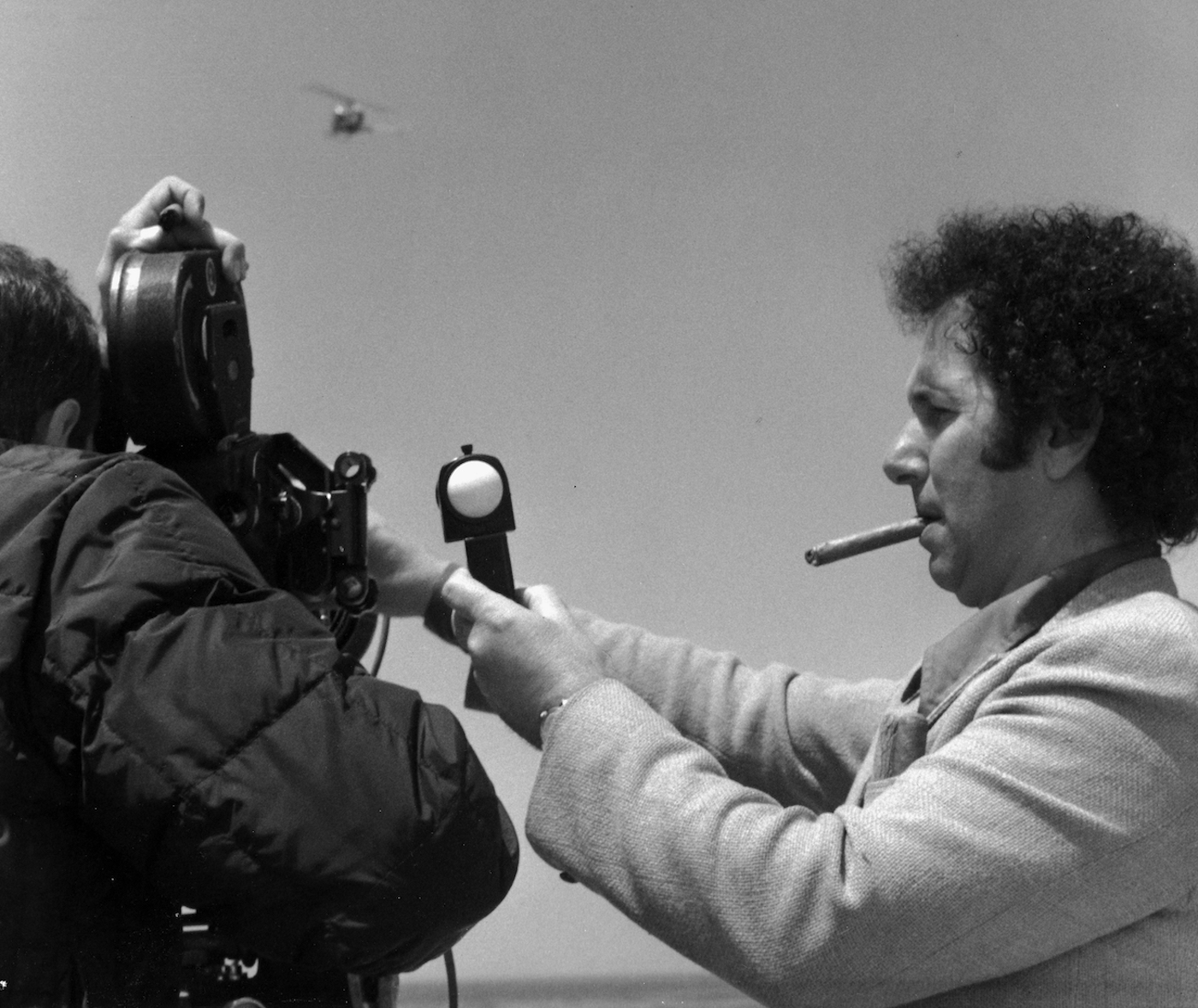
Dibie had another passion – to build the image of the Union and the work of its members – not just internally but to producers, directors, studio heads, and the global film community. The best vehicle for doing that, he believed, was ICG’s decades-old publication, at the time known as The International Photographers Magazine.
On a personal level, I can vouch for Dibie’s passion. In 1989, I was contributing many stories as a freelancer. One day, after I delivered a couple of articles, George cornered me. “You are doing a great job writing about our members. I think it’s about time you become permanent.” I didn’t mind the increase in assignments – finding bylines to run (besides my two legal names of Pauline Rogers and Bonnie Goldberg) was fun. So was sitting in the small conference room, literally cutting and pasting the galley sheets together and listening to George talk about Guild members and the changes he was determined to make for the industry as he wandered in and out, checking my layout. More than 30 years and 2000 articles later, every time I smell something that vaguely reminds me of glue, I’m reminded of the valuable lessons I learned from George about trade unionism, inclusion, and never-ending support.
In 1996, current ICG Magazine publisher Teresa Ambriz-Munoz joined the Local 600 family, contributing to the growth of the magazine and becoming Dibie’s protégé. “He taught me to have respect and care for this all-important magazine,” Munoz remembers, “and for the membership and their talents. He would often take me with him when he visited local high schools and colleges as part of his outreach efforts. I watched George at speaking engagements, where he was adamant about encouraging others. He’d see someone in the corner, shy, and get them to talk and ask questions.
“While assisting George at a lighting workshop at CSUN,” Munoz continues, “he and I both spotted a student who was hesitant to ask questions. We looked at each other, and the next thing you know, George asked him to come up and help him light the scene. George knew that would give the young man the confidence he needed to speak up and ask questions. That ‘kid,’ as he called him, walked away with a wealth of knowledge that day.”
As evolutionary shifts continue in the industry he loved so much, it’s sad to contemplate that George Spiro Dibie will not be there to guide those changes. But we can all take heart in knowing that when faced with an immovable object, or a challenge that needs backup, there might be a whiff somewhere of a particular cologne, and an echo (in a vaguely undefined European accent) of “you can do it.” And that just might be enough to help us stand firm and carry on.
*ICG Magazine.com readers can learn more about George Spiro Dibie, ASC, in this [Hollywood Reporter] article written by former Local 600 National Executive Director Bruce Doering.
